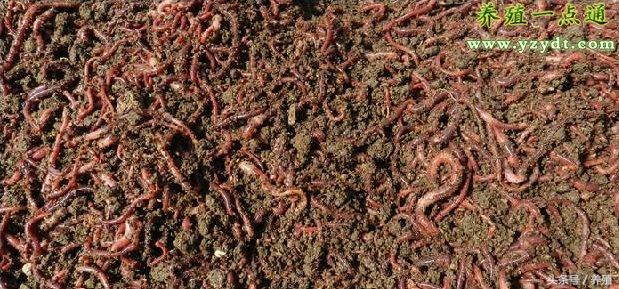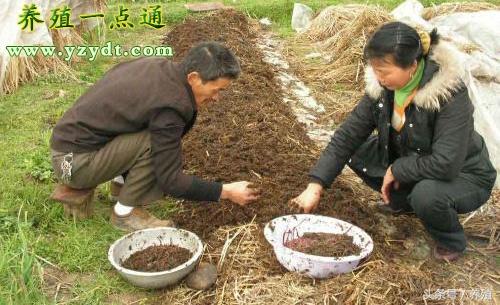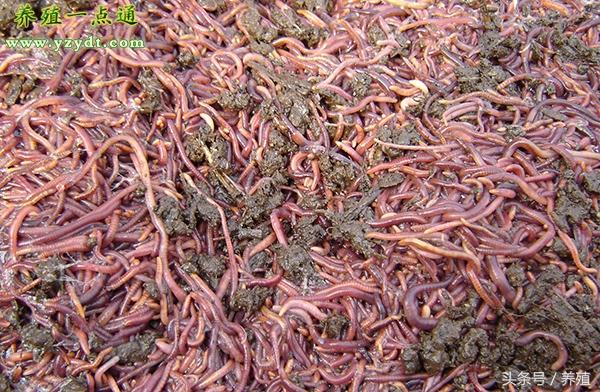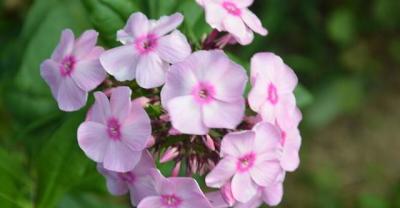Five key points for increasing the yield of earthworms and advanced strategies for earthworm breeding
First, raising in stages
Earthworm breeding is given different culture management according to individual development stage, which is the key to the success and high yield of earthworm artificial culture. In the traditional mixed culture method of "several generations in the same house", there is no difference in harvest and utilization: the adult worms that exceed the best harvest time are not harvested in time, and the bait and breeding equipment are wasted; for the young worms that have not reached the best harvest time, the yield is reduced, and the labor intensity is increased by manual sorting. In artificial breeding, special earthworm planting ponds and earthworm production ponds must be established.
Mixed culture: snail and earthworm mixed culture strategy, obvious efficiency

Raising earthworms in stages can improve the efficiency.
Second, thin feeding and frequent removal
Adults feed twice a month, remove earthworm feces, take worm cocoons or turn upside down feeding bed 3 or 4 times, each time the feed thickness is 15-20 cm, always keep the bait fresh and breathable, and create the best ecological environment for earthworms. Timely harvest in the previous data, the annual harvest of earthworms 3-5 times. However, in the production, it is found that under the condition of sufficient feed, making use of the dominant period of earthworm growth and reproduction (before and after sexual maturity, marked by the occurrence of vermis) to carry out short-term (usually one month) high-density culture, while increasing the number of harvesting, timely regulation and reduction of population density and maintaining the dynamic balance between growth and harvest are the key to high yield of earthworms.
Earthworm culture: selection of earthworm breeding sites and 12 breeding methods
Third, rotational updating
Through the continuous renewal of worms and the periodic rotation of the culture bed, not only the exuberance of the population was ensured, but also the natural decline of the population formed by long-term culture of the same worm group in the same bed was avoided. The species of earthworm should be renewed once a year in March or April.

Worms should be constantly updated to avoid natural decline.
Aquaculture management
Earthworm culture can be divided into several periods, such as earthworm, worm cocoon hatching, early young worm, late young worm and adult worm. The management requirements in different periods are as follows:
1. Management of worms
The culture density should be controlled at 2kg to 2.5kg per square meter or 10 to 15000 pieces per square meter, and earthworm feces should be removed every 6 or 7 days, and the collected cocoons should be put into the hatching bed for moisturizing and hatching. at the same time, the upside feeding method should be used to improve the ecological conditions of the feeding bed and facilitate reproduction.
2. Management of incubator bed
The thickness of the hatching base should be 10-15 cm, and the hatching base should be kept fine and moist. 50-60,000 worm cocoons can be hatched per square meter. The hatching base should be loosened once or twice a month with an iron fork to facilitate ventilation and survival of the young worms.
EM raw liquid, 12 bottles / box, improve feed utilization rate, immunity, deodorization, environmental protection Raise pigs, cattle, sheep, dogs, donkeys and rabbits! function () {if (! window.__TEMAI_PARSED) {if (app) {window.responsivebirds 1 month window.responsive.changeScale = "app" "app") {var e = "% 3Cscript%20src=%22 https://s3.pstatp.com/inapp/toutiao.js%22%3E%3C/script%3E";" Document.write (decodeURI (e))} var t=document.createElement ("script"); t.src = "https://s2.pstatp.com/pgc/v2/pgc_tpl/pagelet/card/click_ccce36d.js",document.body.appendChild(t)}}();"
3. Early stage management of young worms
When most of the incubation medium is dung, the feces should be removed in time, the feeding method should be used and the bed should be expanded in time to reduce the density of young worms.
4. management of young and adult worms in the later stage.
In the later stage, young worms should grow rapidly, and the times of removing feces and feeding should be increased, the feeding method should be used and the bed should be expanded in time for breeding; when the sexual maturity enters the breeding period, the advantages of earthworm production and cocoon production should be brought into full play, and the breeding density should be reduced or harvested and utilized in time, or the old seed worms should be replaced.

Staged feeding of earthworms
5. Control of culture density
The best density of earthworm culture is 2.8-3.1 kg per square meter or 20,000 per square meter. In this range, the planting is less and the yield is high. In the early stage, the culture density of young worms can be slightly more than 30,000 per square meter or 2.5kg per square meter, while in the later stage, the culture density of young worms to adult worms can gradually decrease to about 20,000 per square meter. The density control should be combined with rotation renewal, and the worm bed, incubation bed, early stage young bed and late stage young bed should be constructed according to the area ratio of 1-1-2-4, combined with expanded bed culture, so that the requirement of controlling density can be achieved.
- Prev

In breeding fish, shrimp and other aquatic products, it is impossible to deal with the moss in the water by one method alone.
The problem of moss needs to be solved comprehensively. On the whole, it is mainly because the water is too clear, the water is too shallow, the bottom is rich in nutrients, and the sun temperature is relatively high.
- Next

The advantages and methods of raising a pot of Milan indoors
Milan is one of people's favorite flowers and plants, which is suitable for growing in a warm and humid environment. Its leaves are green and bright and can blossom many times a year.
Related
- On the eggshell is a badge full of pride. British Poultry Egg Market and Consumer observation
- British study: 72% of Britons are willing to buy native eggs raised by insects
- Guidelines for friendly egg production revised the increase of space in chicken sheds can not be forced to change feathers and lay eggs.
- Risk of delay in customs clearance Australia suspends lobster exports to China
- Pig semen-the Vector of virus Transmission (4)
- Pig semen-the Vector of virus Transmission (3)
- Five common causes of difficult control of classical swine fever in clinic and their countermeasures
- Foot-and-mouth disease is the most effective way to prevent it!
- PED is the number one killer of piglets and has to be guarded against in autumn and winter.
- What is "yellow fat pig"? Have you ever heard the pig collector talk about "yellow fat pig"?

